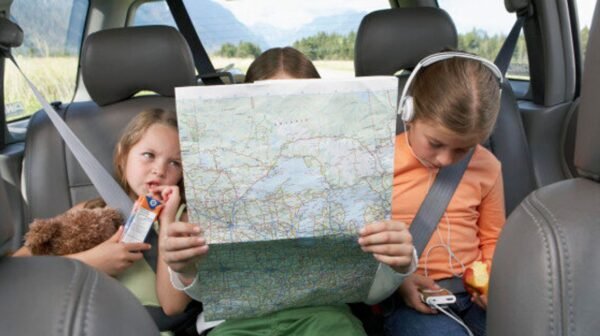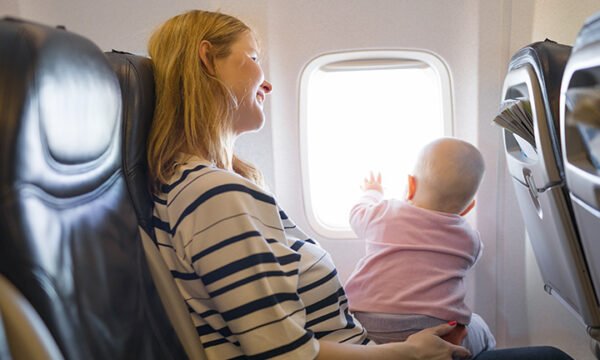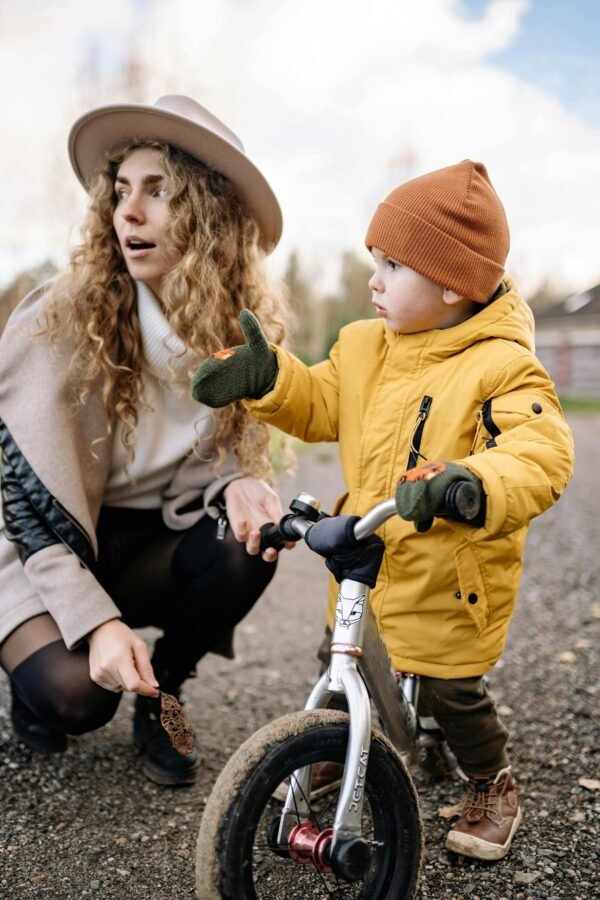
Are You Making One of These Mistakes When Driving with Your Child?

When preparing for a longer trip with your little ones, every parent has one goal – get there smoothly in one piece.
Keeping a child settled for drives can feel like a mountain to overcome, but a few key things may contribute to their enjoyment of the trip. So, what should parents look for before strapping their kids in to hit the road?
In this article, we’ll put together a guide on preparing yourself and your children for a trip to avoid problems that will be harder to fix once you’re behind the wheel.
Moreover, for parents looking to bolster their driving skills and confidence behind the wheel, considering enrollment in an Adult driving school presents an excellent opportunity.
These programs offer specialized training and techniques specifically tailored to long-distance travel, equipping parents with the knowledge and expertise needed to navigate highways and unfamiliar terrain with ease.
By investing in furthering their driving skills, parents can enhance safety, reduce stress, and ultimately ensure a memorable and stress-free journey for the entire family.
Route planning – the essential questions before setting off
One of the best ways to ensure your journey is smooth is to have a pre-planned. And with the Institution of Civil Engineers (ICE) finding that over 320 motorways, both in sections and in full, have been opened since 1958, there are plenty of options to reach your destination.
This means there’s a lot to consider when planning your route. How far you’re travelling is one of the most important. The RAC has found that 9 out of 10 drivers have ignored the suggested driving limit of 2 hours when making longer trips, but this is a huge safety risk. So, if you’re planning a cross-country trip, look where you can stop off at a service station to allow your family to stretch their legs.
From this, picking your motorway route is the next priority. Figure out which stops not only make your breaks worth it, but also are more optimal for petrol usage.
Having your journey planned before you even set off from your home with your little ones and using a mapping site can help stave off the classic “Are we there yet?” question.
Dressing & occupying them on the road
One of the huge difficulties of all travelling is having to be stationary for so long. And while our children may have some lovely clothes they look fantastic in, they’re not always the most comfortable. It’s a good idea to dress them in clothes they’re comfortable to wear for an extended period of time, with pyjamas always being a great option. You’ll also be doing a lot of road trip snacking, so take clothes you don’t mind getting messy.
Another key to making a trip with children as smooth as possible is keeping them entertained for the length of the journey. If you’re driving overnight, then sleep scientists understand that the gentle rocking and motion of moving vehicles can help people fall asleep easier.
But for those drives during the day, you’ll need to keep them engaged to avoid tears and frustration, especially as children can have attention spans as low as an average of four minutes, depending on their age. What they engage with will come down primarily to what your child personally enjoys; forexample, if they’re keen readers, a book can keep them occupied. Just be sure to watch out for the motion sickness that comes with it! Audiobooks are a great alternative, and the whole car can enjoy the stories narrated. New cars like the Jaguar E-Pace have access to Apple CarPlay and Bluetooth,which means connecting your phones to Audible, Spotify, or Apple Podcasts is even more user-friendly.
A little bag of essentials
You never know what might happen on a trip. Even if your children have been fine on previous trips, there’s no guarantee they’ll be free of car sickness next time you travel. It’s a great idea to put together a small bag filled with medicines and more first-aid items for the “just in case” scenarios.
Spare nappies are a must-have. A quick-drying towel is another item that can’t go amiss, as if there are any spills on your journey, you can mop them up quickly. Or, if your children are newborns or still small, they can make a great makeshift blanket for changing.
No two trips are the same, so how you plan your trip will depend on the overall time you’ll be on the road. This could mean packing more provisions and a change of clothes, or even investing in a portable DVD player to keep your kids occupied. You can even get your children involved with the process by asking them what they’d like to do on the drive to make it fun.













































